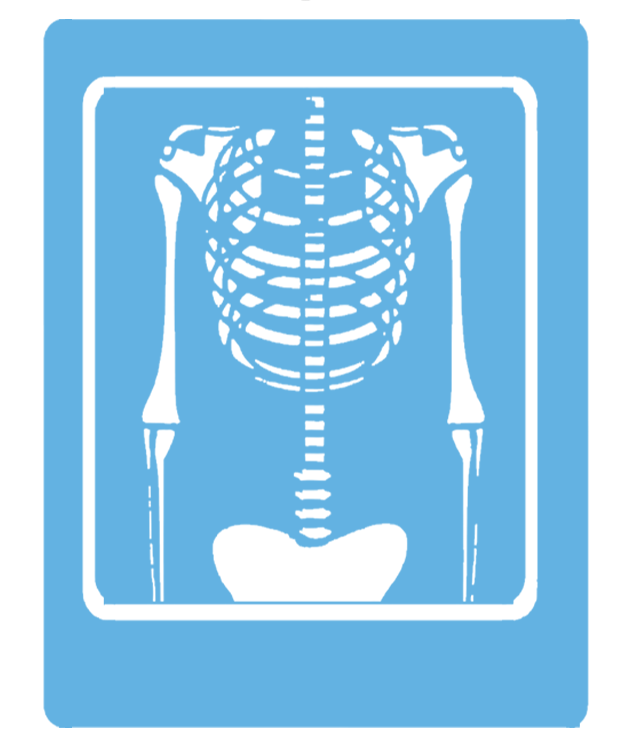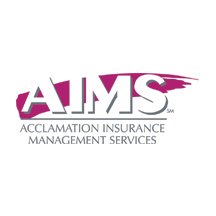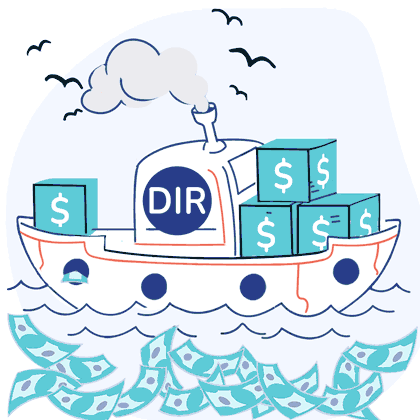Authorization: 6 Qualifying Conditions for Fast-track Automatic Authorization

On January 1, 2018, the new “fast-track” automatic authorization takes effect. In certain cases, some providers will be able to provide treatment without first submitting a Request for Authorization (RFA) for utilization review, because the treatment is automatically authorized. But like many things in workers’ compensation, this “automatic” authorization scheme comes with conditions, caveats, and important new rules.
On January 23, we’re hosting a free comprehensive webinar on fast-track authorization. In the meantime, here on our blog, we’ll tackle the various aspects of this new process. Today, we explore the 6 qualifying conditions when treatment is eligible for fast-track automatic authorization.
Senate Bill 1160 replaced the current Labor Code (LAB) § 4610 with a revised version, effective January 1, 2018. Most of the “new” LAB § 4610 is much like the old, but one major difference is the new, more efficient approach to treatment authorization.
“Automatic” authorization (we’ll explain why it’s not truly automatic in future blogs) will apply to a given treatment only if all of the following 6 conditions apply:
1. Date of Injury - Services for dates of injury (DOI) on or after January 1, 2018 only are eligible for automatic authorization. |
2. Treatment date - The treatment date must be within the first 30 days of the injury. No treatment is subject to automatic authorization on or after day 31 of the injury. |
3. Liability accepted - The claims administrator must have accepted liability for the body parts and conditions treated. No treatment is eligible for automatic authorization if the claims administrator contests liability for either the body part or condition treated. |
4. MTUS - Only treatment that is addressed in California’s Medical Treatment Utilization Schedule (MTUS) is eligible for automatic authorization. |
5. Authorized Physician - Only physicians in the employer’s Medical Provider Network (MPN) or the injured worker’s predesignated physician are eligible for automatic authorization. |
|
6. Excluded Treatments - The revised LAB § 4610 (c) lists treatments that are never subject to automatic authorization. Instead, these treatments are always subject to normal prospective UR.
As stated in the revised LAB § 4610 (c), excluded treatments include:
(1) Pharmaceuticals, to the extent they are neither expressly exempted from prospective review nor authorized by the drug formulary adopted pursuant to Section 5307.27. (2) Nonemergency inpatient and outpatient surgery, including all presurgical and postsurgical services. (3) Psychological treatment services. (4) Home health care services. (5) Imaging and radiology services, excluding X-rays. (6) All durable medical equipment, whose combined total value exceeds two hundred fifty dollars ($250), as determined by the official medical fee schedule. (7) Electrodiagnostic medicine, including, but not limited to, electromyography and nerve conduction studies. (8) Any other service designated and defined through rules adopted by the administrative director. |
In the coming weeks, we’ll use this blog to discuss new authorization and billing timelines that apply to automatic authorization treatments, as well as new rules for the entities that conduct utilization review. Whatever happens, we’ll keep readers up to speed.
Subscribe or check back to read the latest, and don’t forget to sign up for our Fast-track UR Webinar.
Download Automatic Authorization Webinar
DaisyBill provides content as an insightful service to its readers and clients. It does not offer legal advice and cannot guarantee the accuracy or suitability of its content for a particular purpose.


.gif)

